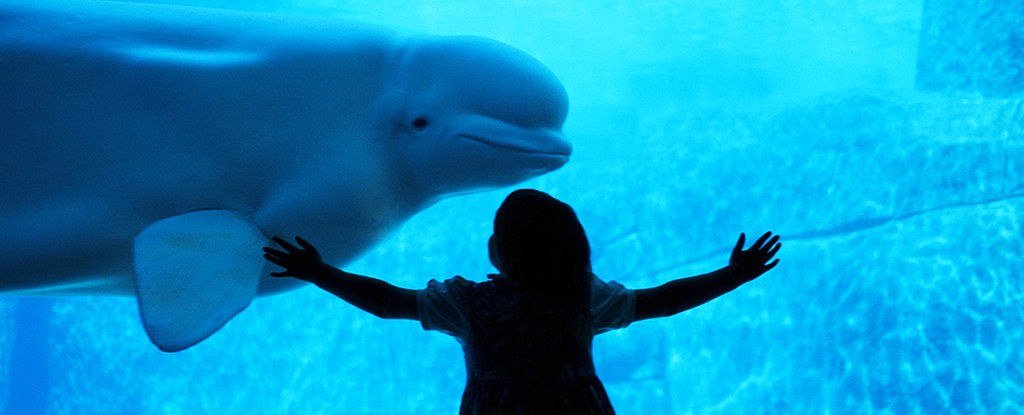The idea that animals’ brain mass and body mass are correlated makes intuitive sense: larger animals, after all, tend to have larger brains than their smaller cousins.
However, it’s proven difficult to find a definitive model for exactly how these two figures relate to one another.
A new study published in Nature Ecology and Evolution this month suggests that this problem arises from a fundamental error in a long-held assumption about the mathematical relationship between the two masses.
The study proposes an alternative model, one that both fits the data better and promises explanations for several other long-standing questions about cerebral evolution.
As the study explains, the general assumption for decades has been that the relationship between the body’s and the brain’s masses follows a relatively simple power law. However, this proposed relationship is hotly debated as it doesn’t seem to apply to all species groups.
As of yet, researchers haven’t been able to find a configuration of this equation that works across the board. In particular, the variation between different taxonomic tiers has been vexing enough that it’s been given its own name: the taxon-level problem.
While both the value and the source of a critical piece of the relationship referred to as the allometric component have been the subject of plenty of debate, the new paper addresses a more fundamental question: whether we’re correct in assuming that the relationship between brain mass and body mass follows some sort of logarithmic linear relationship.
To do so, the authors took an extensive dataset comprising 1,504 mammalian brain/body mass values and looked at what sort of model best fit the data.
They found that instead of being log-linear, the relationship was log-curvilinear: when plotted on a logarithmic scale, the graph itself must curve to accommodate it.
The authors tested several different equations to construct this curve, and found that the one that fit best was a second-order polynomial – the sort of quadratic equation one tends to encounter in high school.
The curve’s key feature is that “as mammals increase in mass, the rate at which brain mass increases with body mass decreases”. It thus predicts that very large animals have smaller brains than predicted by the linear model – which is exactly what the dataset shows.
Having a single curve to which the brain/body relationship can be fitted allows for comparisons between groups that had markedly different allometric coefficients under the previous model.
The study demonstrates one advantage of the new model: “[it] makes it possible to study evolutionary trends in trait (or relative trait) evolution through time.” To this effect, it examines the rate at which brain mass increases – or, in other words, the speed at which larger brains evolve. It finds significant differences between species.
Unsurprisingly, primates evolved large brains exceptionally quickly, but so too did rodents and carnivores. Only three groups of animals showed a relationship of increasing brain to body mass through time.
The study concentrates on mammals, but the authors also examined a dataset of body/brain mass pairs for birds, and found that the curvilinear relationship also fit that data well. But perhaps the most intriguing mystery that remains to be solved is why brain and body mass are correlated in this manner.
That question remains very much an open one, and its answer may well have a great deal to say about how and why animals have evolved in the manner that they have.
As the study says in its conclusion, “seeking both the theoretical and empirical underpinning for curvilinear relationships across species will probably lead to major contributions across biology.”
This research was published in Nature Ecology and Evolution.




















Discussion about this post